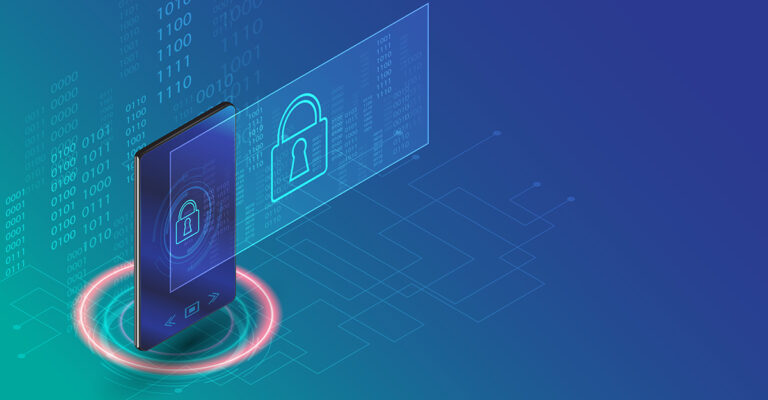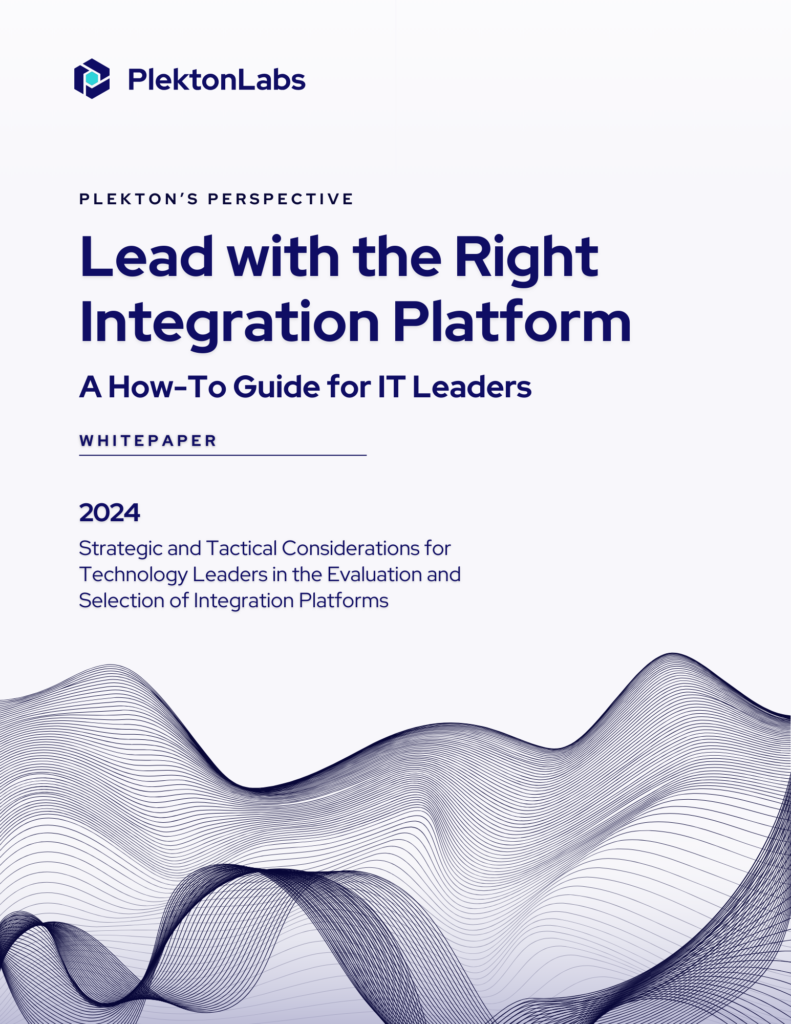The world is changing before our eyes faster than we could have imagined. APIs have led the ongoing digital transformation of data, using integration to link services and connect businesses to customers all over the world. Almost every aspect in the commercial sector is now online-based and businesses are crippled without the flexibility and speed that APIs can provide. The result? Increasing sales and profit margins, and a dramatic rise in revenue and publicity.
The downside? As both the IT and business components of a firm or company are intricately connected, a security breach in one small area can spell disaster for the entire firm. Because of all the money involved, security risks can be disastrous for all the parties involved. As a result, API security is a massive concern.
A secure API can instill confidence in the business, whether it’s the customers, employees, investors, or even the folks in charge. In order to keep an API secure, developers must make sure that the information/data is only visible to those allowed to have access to it. Moreover, there has to be a guarantee that the information has not been skewed or altered by a third party in any way.
Here are a couple of preemptive steps that can keep your API safe from breaches and vulnerabilities.
Failsafe API Security Measures
Right off the bat, your API has to authenticate itself to the Apps which use it. Similarly, when your API interacts with various servers, they need to authenticate themselves to the API. In both cases, you avoid third-party attacks which are often malicious software pretending to be a Server or even your API.
To avoid middle-man attacks, you need to make use of User and App Authorization that restricts access according to the authorization or access control rule in place for that particular software. You can use the group customers or different employees belong to in order to identify their role when using the App.
Besides using App and user authentications based on the level of access an individual is permitted, one can also decide on the access control based on some sort of detail or attributes available at the time of the API call.
These include the time, the role, the location of the API, or even a combination of these conditions that determine the degree of access permitted. Also, Attribute-Based Access Control often dictates the condition that your API will respond with particular subsets of data based on the access control decisions related to the User.
A secure username and password are the simplest and classic methods of authentication. And the reason why it seems almost timeless is that it is so effective. However, they do have their own set of problems. Firstly, passwords can be predictable as there is often a pattern within them. Moreover, users often forget their passwords, losing access to the data they need. However, when done right, passwords are pretty secure.
A good way to get around the issues posed by passwords is multi-factor authentication. This eliminates these issues and works amazingly well when used with passwords. Multi-factor Authentication (MFA) utilizes a one-time usage token from the user that they receive after authenticating their credentials.
This token may be delivered to users through SMS when the App requests a Multi-Factor Authentication Provider to do so. Users can also have a digital key that gives them a token that the App will validate. Once the App obtains the token validated by the MFA Provider, it proceeds to utilize your API.
On the other hand, token-based credentials are a more secure alternative to username/password credentials. This is because they give apps and users a more secure form of authentication and authorization. The concept for this is that the Identity Provider issues some form of tokens based on a primary authentication request with username password credentials.
Furthermore, tokens are generally given with an expiration date and can be revoked. As they are issued uniquely to each App, when a certain token is revoked or expired, all the other Apps can continue to use their tokens independently. This ensures security and allows other connected apps to function smoothly, even if something goes wrong with a particular token.
Last but not least, try to limit the information or data revealed by your APIs. To do so, keep an eye on your APIs and make sure they only provide the data that is required to get the job done. This, together with restricted or limited access will make sure confidential data stays safe.
Wrapping Up
API security is complex and multi-faceted but this article shows the basic things one can do to keep their apps, servers, and users well-protected. If you have specific concerns, there are several MuleSoft services that offer consultations and solutions to your security issues. As the digital world continues to grow and change, security risks evolve as well. And the best thing one can do is stay vigilant and monitor API security for any loopholes.





